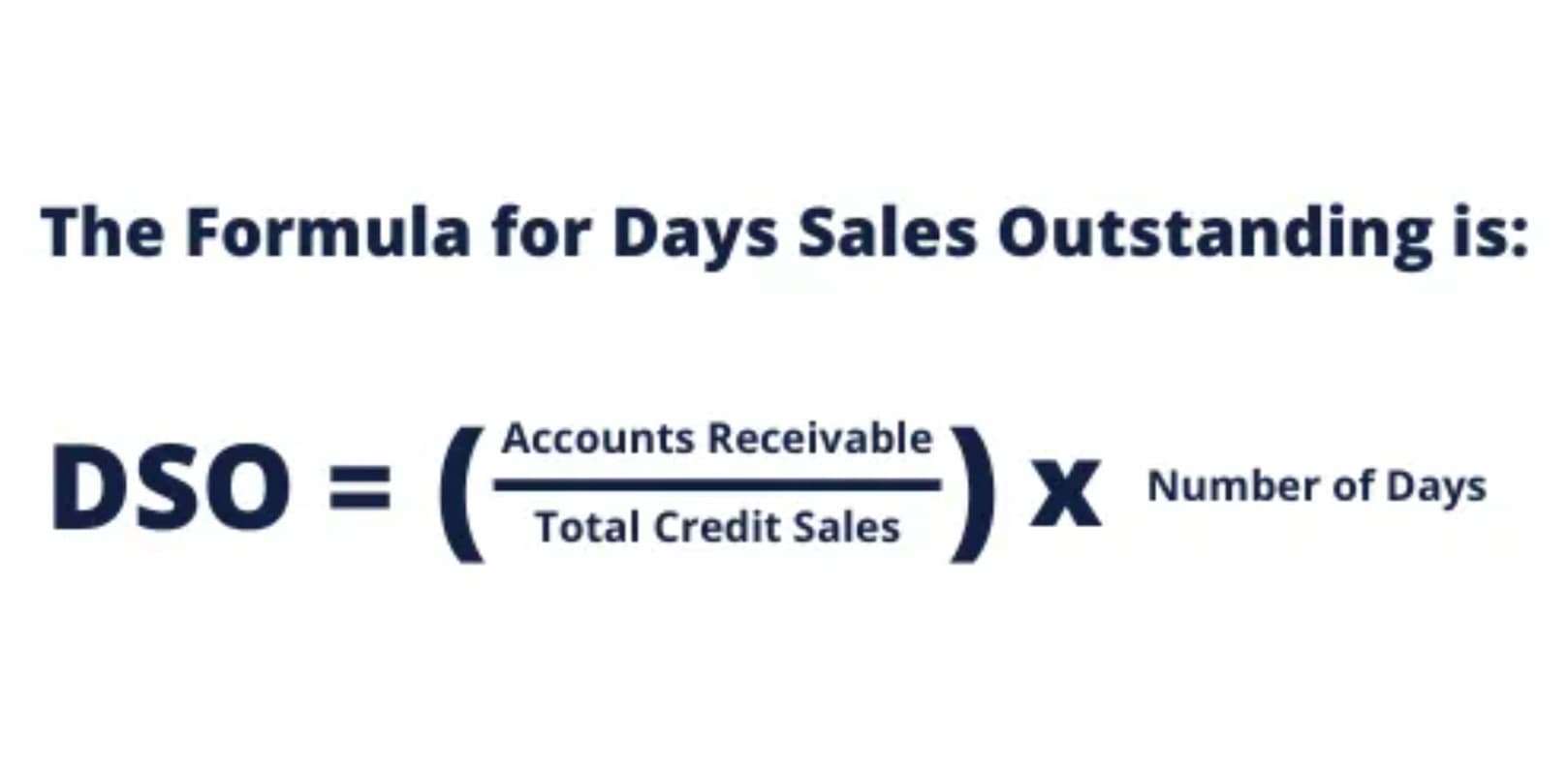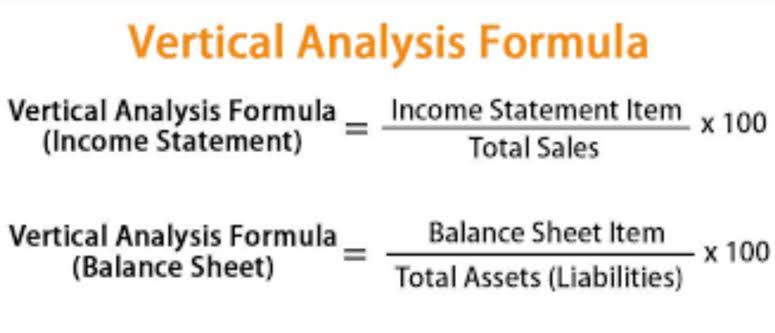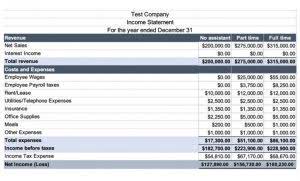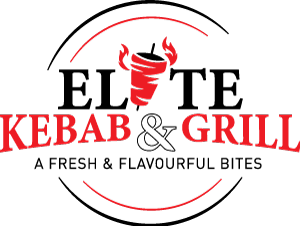How to Calculate FIFO and LIFO?

You must use the same method for reporting your inventory across all of your financial statements and your tax return. If you want to change your inventory accounting practices, you must fill out and submit IRS Form 3115. If your inventory costs are increasing over time, using the FIFO method and assuming you’re selling the oldest inventory first will mean counting the cheapest inventory first. This will reduce your Cost of Goods Sold, increasing your net income.
Revenue and margin
Ending inventory is the monetary value of all inventory remaining unsold at the close of the accounting period. This value is deducted from the sum of beginning inventory and purchases to arrive at the Cost of http://cosmoeng21.com/what-is-a-retainer-in-business-definition-types/ Goods Sold. It is a critical financial metric that indicates the direct cost of creating or acquiring the goods a company sells during a given time period. This figure helps companies determine their gross profit and is key to understanding how well the organization is controlling expenses, managing labor, and tracking supplies. You may also use LIFO, WAC, or specific identification, depending on your business type, industry, accounting standards, and inventory management goals. By weighing these factors, you can select the method that best suits your business needs and objectives.
How can you calculate the cost of goods sold using FIFO?
Under FIFO, your Cost of Goods Sold (COGS) will be calculated using the unit cost of the oldest inventory first. The value of your ending inventory will then be based on the most recent inventory you purchased. While FIFO offers a clearer snapshot of inventory composition, weighted average can be easier to apply operationally. Nonetheless, both comply with GAAP standards and offer viable options for inventory accounting. The key benefit of using the FIFO method is that it best reflects the current value of inventory on hand.
- With our support, you can focus on growing your business while we ensure your inventory tracking is accurate, efficient, and aligned with your goals.
- Then, how much you record as COGS will impact the net profit margin.
- Your remaining inventory may be undervalued, especially if you have a lot of older stock.
- For example, say a business bought 100 units of inventory for $5 apiece, and later on bought 70 more units at $12 apiece.
Impact of FIFO on Cost of Goods Sold (COGS)

It will reduce manual errors and allow you to do weeks of work in a few hours or minutes. A portion of a business has inventory left at the end of the closing/accounting period is known as ending inventory. When ABC sold 120 laptops, they exhausted the 100 they bought and then sold the older stock. Since we sold all the new laptops, their respective shipping charges are added to the direct cost. Since the Cost of Goods Sold formula calculates the cost ONLY for the items sold, we should not add shipping charges for the 30 laptops in the warehouse.
You would multiply the first 10 by the cost of your newest goods, and the remaining 5 by the cost of your older items to calculate your Cost of Goods Sold using LIFO. While the LIFO inventory valuation method is accepted in the United States, it is considered controversial and prohibited by the International Financial Reporting Standards (IFRS). Calculating Cost of Goods Sold involves bringing together the components discussed previously. The first step requires identifying the beginning inventory, which is the value of goods https://www.bookstime.com/articles/small-business-tax-deductions on hand at the start of the accounting period.

As unsung heroes of financial management, outsourced controllers can bring significant benefits that go well beyond basic bookkeeping. Wes Anderson is an experienced CFO with significant international finance experience. He also built and executed financial models consolidating multiple foreign subsidiaries into a parent holding company. Failure to account for an applicable cost can give you a false picture of your financial situation and lead to unpleasant surprises later.

Cost of Goods Sold Formula with an Example
LIFO matches current costs against revenue, increasing COGS and reducing net income. GAAP (Generally Accepted Accounting Principles) and IFRS (International Financial Reporting Standards). It is one of the two main inventory valuation methods, along with LIFO (Last In, First Out). First-in, first-out (FIFO) is a method for calculating the inventory value of a company considering the different prices at which the inventory has been acquired, produced, or transformed. For some companies, there are benefits to using the LIFO method for inventory costing. For example, those companies that sell goods that frequently increase in price might use LIFO to achieve a reduction in taxes owed.

FIFO and LIFO inventory management are two methods for valuing inventory and calculating the cost of goods sold (COGS). FIFO stands for First In, First Out, where fifo cogs formula older inventory is sold first. LIFO stands for Last In, First Out, where newer inventory is sold first.

The FIFO method’s pros and cons exist, so make sure it’s conducive for your business. Adopting this approach could revolutionize your business practices. Professional tools simplify the implementation process and ensure accuracy in inventory management. The Weighted Average Cost method provides a balanced approach to valuing your inventory. It calculates an average cost for all items in your inventory, regardless of when you purchased them. LIFO is an inventory valuation method that assumes your most recent inventory purchases are sold first.

